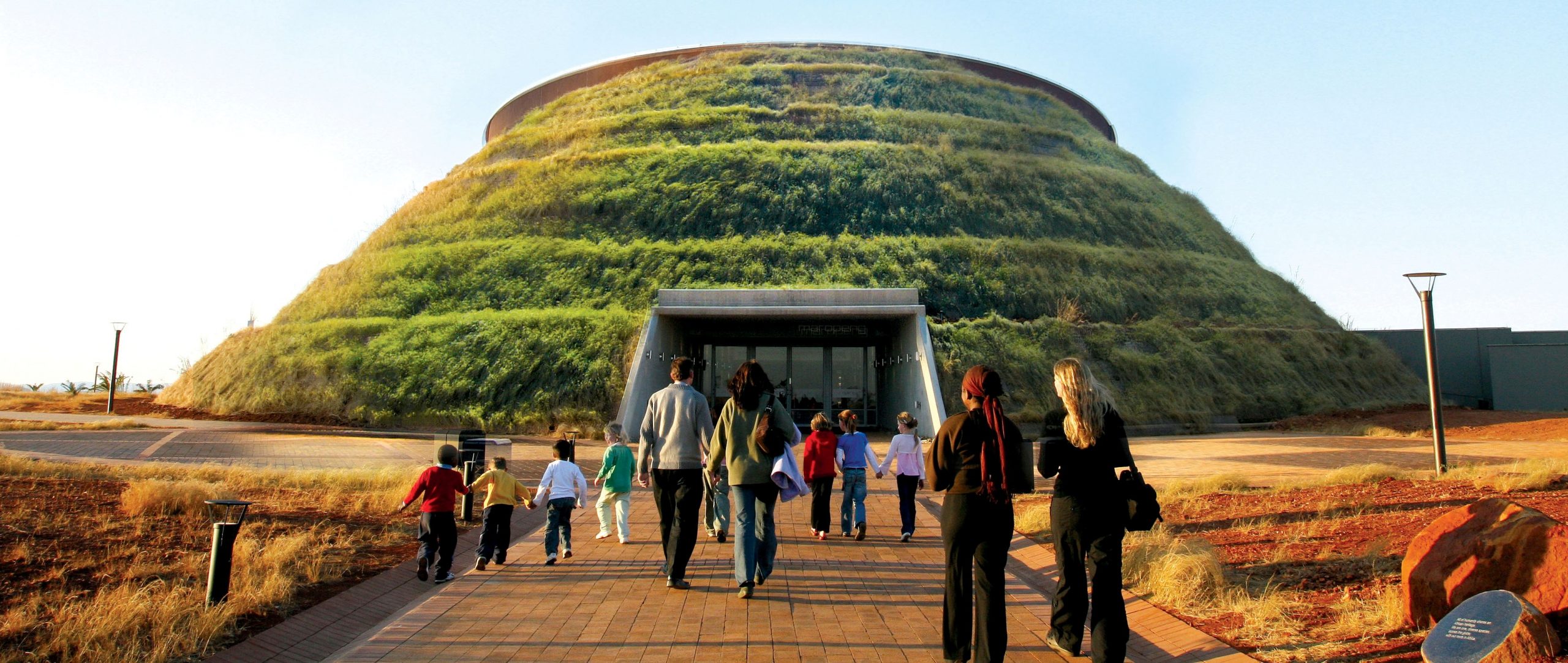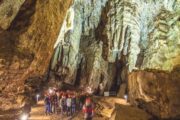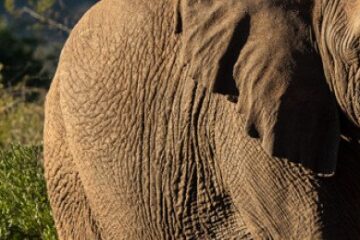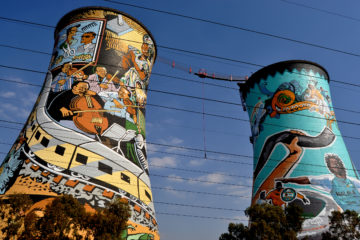Little bit of History of Maropeng:
The Cradle of Humankind is a site of major significance to the fossil heritage of humankind. But how did it get to be so? How and why was this site discovered?
What technology and brain power lie behind the discoveries made there?
A relatively small piece of bushveld about 47,000ha in size, the Cradle of Humankind earned its prestigious title after a coincidence of seemingly unrelated factors exposed its treasure – a serendipitous intersection of geology, old-time mining and intellectual power.
Geology
It’s all about dolomite, found in substantial quantities in the sedimentary rock of the Cradle. Certainly, when it comes to the Cradle’s caves and their ancient relics, it’s a miracle mineral.
Without the presence of dolomite there would be no Cradle.
Dolomitic rock contains a large proportion of limestone that dissolves easily in water that is slightly acidic – as is the state of most groundwater. As the limestone dissolves, caverns of all sizes are formed in a process known as ”speleogenesis”.
Over the eons, external debris, a lot of which included the remains of mammals, entered the caves by accident or by force of nature.
This is where dolomite dons another hat, acting as keeper of the treasure that lies in the caves it helped to create. As the dolomite dissolves it leaves behind a deposit of calcium carbonate, which preserves the fossils in a concrete-like breccia.
Intellectual power and technology
A series of dazzling fossil discoveries at Sterkfontein Caves, the biggest of the Cradle’s caves, gave impetus to the argument for Africa as our place of origin. The most important fossil finds at this site are “Mrs Ples” in 1947 and “Little Foot” in 1995, by the Wise Men – Professor Robert Broom (“Mrs Ples”), and Professor Phillip Tobias and Professor Ron Clarke (“Little Foot”).
In 2008, Professor Lee Berger of the University of the Witwatersrand (Wits) brilliantly used the powerful tool, Google Earth, to identify new cave sites in the Cradle of Humankind. Berger noted clusters of alkaline (limestone)-loving trees such as the white stinkwood, Celtis africana, and the wild olive, Olea africana, and was able to identify 500 new, potential cave sites at the Cradle.
At Malapa Cave, the first of the new locations investigated, Berger’s son, Matthew, found another new species, Australopithecus sediba, possibly descended from Australopithecus africanus.
| DEPARTURE/RETURN LOCATION | Your Designated Location in Gauteng | ||||
| DEPARTURE TIME | We arrive at least 30 Minutes before the tour. | ||||
| RETURN TIME | Approximately 6:30 PM. | ||||
| WEAR | Comfortable clothing, jacket and sunscreen. | ||||
| INCLUDED |
|
||||
| NOT INCLUDED |
|






